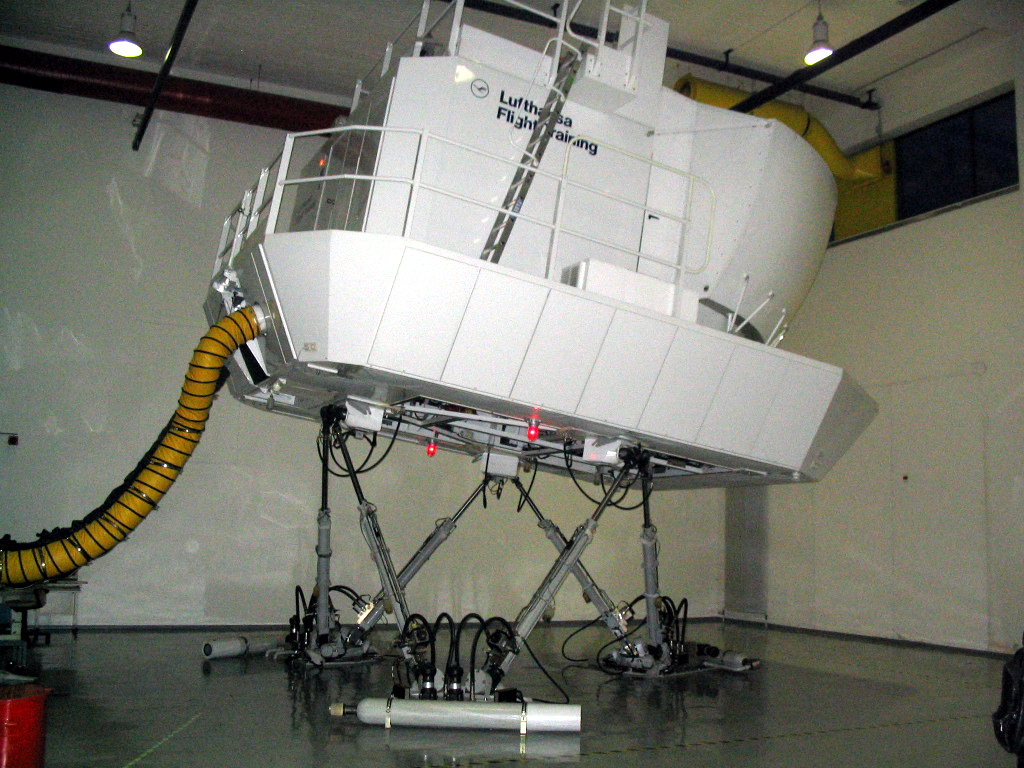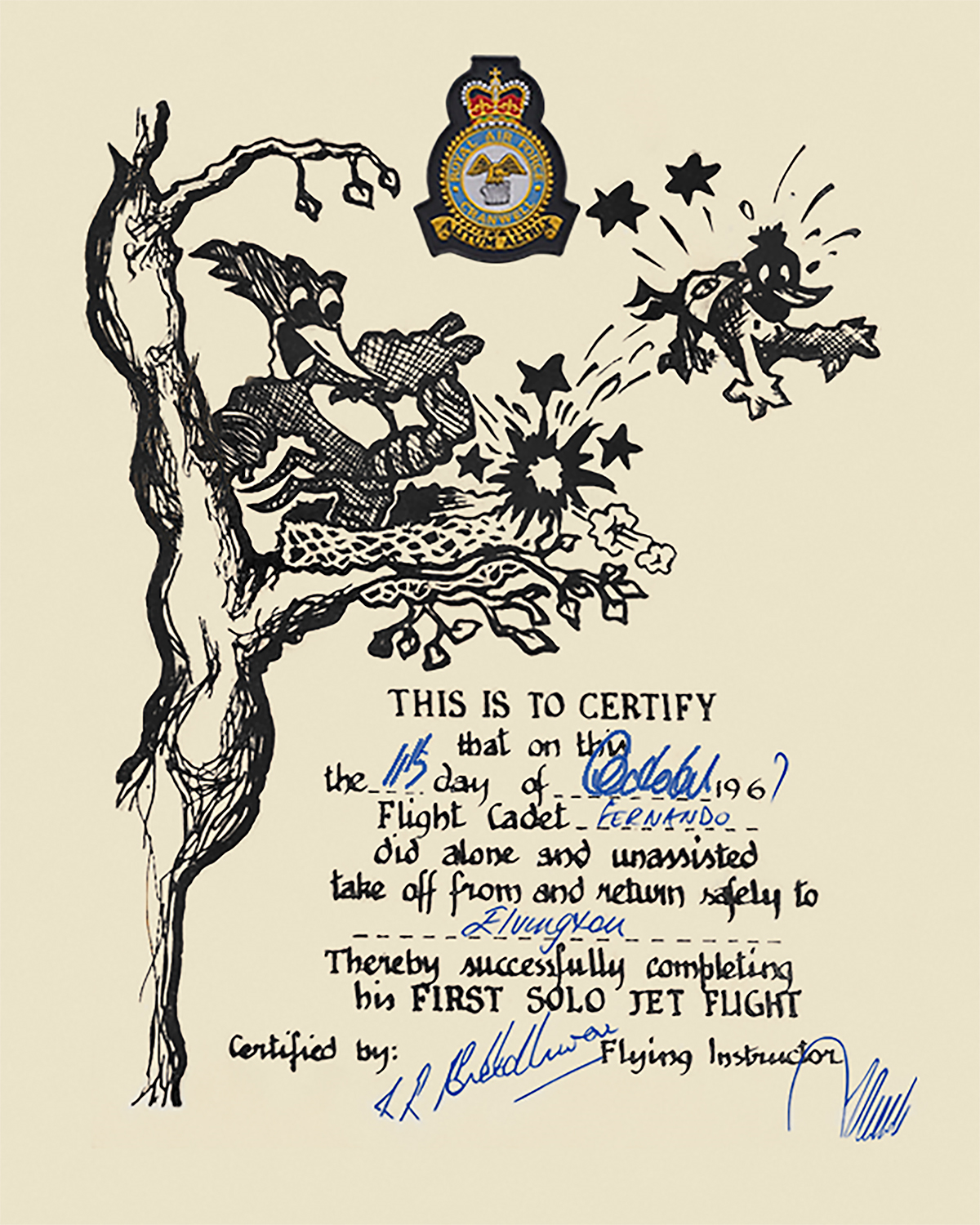|
Private Pilot Licence
A private pilot licence (PPL) or private pilot certificate is a type of pilot licence that allows the holder to act as pilot in command of an aircraft privately (not for remuneration). The basic licence requirements are determined by the International Civil Aviation Organization (ICAO), but implementation varies from country to country. According to ICAO, an applicant must be at least 17 years old, demonstrate appropriate knowledge and skill, and hold at least a Class 3 medical certificate. Different PPLs are available for different categories of aircraft, such as aeroplane, helicopter, airship, etc., and are not interchangeable, although experience from a PPL in one category may be credited towards the issue of another. Issuing authorities Private pilot licences are issued by the civil aviation authority of each country. Standards vary, and PPLs are not automatically recognised by other countries, but in some countries the holder of a foreign PPL may obtain permission to fl ... [...More Info...] [...Related Items...] OR: [Wikipedia] [Google] [Baidu] |
Conventional Landing Gear
Conventional landing gear, or tailwheel-type landing gear, is an aircraft Landing gear, undercarriage consisting of two main wheels forward of the Center of gravity of an aircraft, center of gravity and a small wheel or skid to support the tail.Crane, Dale: ''Dictionary of Aeronautical Terms, third edition'', page 133. Aviation Supplies & Academics, 1997. From the Ground Up, 27th edition, page 11 The term taildragger is also used. The term "conventional" persists for historical reasons, but all modern jet aircraft and most modern propeller aircraft use tricycle gear. History In early aircraft, a tailskid made of metal or wood was used to support the tail on the ground. In most modern aircraft with conventional landing gear, a small articulated wheel assembly is attached to the rearmost part of the airframe in place of the skid. This wheel may be steered by the pilot through a connection to the rudder pedals, allowing the rudder and tailwheel to move together. Before aircraft ... [...More Info...] [...Related Items...] OR: [Wikipedia] [Google] [Baidu] |
Flight Instructor
A flight instructor is a person who teaches others to operate aircraft. Specific privileges granted to holders of a flight instructor qualification vary from country to country, but very generally, a flight instructor serves to enhance or evaluate the knowledge and skill level of an aviator in pursuit of a higher pilot's license, certificate or rating. United States Privileges A person who holds a flight instructor certificate (called a "certificated flight instructor" (CFI) is authorized to give training and endorsements required for and relating to: *a student, private, commercial or other pilot certificate; *the three hours of training with reference only to instruments in preparation for a private pilot certificate. Note that this does not need to be a CFII. *an instrument rating, only if the CFI has an instrument instructor rating (CFII); This cannot be given by a "safety pilot". A safety pilot can only be used to help maintain instrument proficiency with an instrument-rat ... [...More Info...] [...Related Items...] OR: [Wikipedia] [Google] [Baidu] |
Night Rating
A night rating permits an aircraft pilot to fly at night under visual flight rules. The alternative is flight by instrument flight rules (IFR), under which visual reference to terrain and traffic is not required. In aviation, "night" is defined as the period from "the end of evening civil twilight to the beginning of morning civil twilight". In EASA The European Union Aviation Safety Agency (EASA) is an agency of the European Commission with responsibility for civil aviation safety in the European Union. It carries out certification, regulation and standardisation and also performs inve ... states and the United Kingdom, the requirements for a night rating for aeroplanes are: * theoretical instruction * at least 5 hours of flight time in the appropriate aircraft category at night, including at least 3 hours of dual instruction, including at least 1 hour of cross-country navigation with at least one dual cross-country flight of at least 50 km (27 nautical miles), and 5 solo ... [...More Info...] [...Related Items...] OR: [Wikipedia] [Google] [Baidu] |
Instrument Meteorological Conditions
In aviation, instrument meteorological conditions (IMC) are weather conditions that require pilots to fly primarily by reference to flight instruments, and therefore under instrument flight rules (IFR), as opposed to flying by outside visual references under visual flight rules (VFR). Typically, this means flying in cloud or poor weather, where little or nothing can be seen or recognised when looking out of the window. Simulated IMC can be achieved for training purposes by wearing view-limiting devices, which restrict outside vision and force the trainee to rely on instrument indications only. Distinction from Visual Meteorological Conditions The weather conditions required for flight under VFR are known as visual meteorological conditions (VMC). The boundary criteria between VMC and IMC are known as ''VMC minima''. IMC and VMC are mutually exclusive. In fact, instrument meteorological conditions are defined as less than the minima specified for visual meteorological conditions ... [...More Info...] [...Related Items...] OR: [Wikipedia] [Google] [Baidu] |
Instrument Rating
Instrument rating refers to the qualifications that a pilot must have in order to fly under instrument flight rules (IFR). It requires specific training and instruction beyond what is required for a private pilot certificate or commercial pilot certificate, including rules and procedures specific to instrument flying, additional instruction in meteorology, and more intensive training in flight solely by reference to instruments. Training and testing Testing consists of a written exam and a practical test (also known as a check ride in the US, or a flight test in other countries). The check ride is divided into an oral component (certain countries only) to verify that the applicant understands the theory of instrument flying and an actual flight to ensure the pilot possesses the practical skills required for safe IFR flight . For most private pilots, the most significant value of flying under IFR is the ability to fly in instrument meteorological conditions (such as inside cloud ... [...More Info...] [...Related Items...] OR: [Wikipedia] [Google] [Baidu] |
Type Rating
A type rating is an authorization entered on or associated with a pilot license and forming part thereof, stating the pilot's privileges or limitations pertaining to certain aircraft type. Such qualification requires additional training beyond the scope of the initial license and aircraft class training. International Regulation The International Civil Aviation Organization (ICAO) specifies the international personnel licensing requirements, as documented in Annex 1 to the Convention on International Civil Aviation. Which aircraft require a type rating is decided by each country's civil aviation authority, in accordance with specifications outlined by ICAO. ICAO stipulates that: * Type Ratings should be established for aircraft with minimum crew of at least two pilots or when considered necessary by the Licensing Authority * The applicant for a Type Rating must demonstrate the degree of skill required - including all normal flight procedures, emergency procedures, instr ... [...More Info...] [...Related Items...] OR: [Wikipedia] [Google] [Baidu] |
Class Rating
Class, Classes, or The Class may refer to: Common uses not otherwise categorized * Class (biology), a taxonomic rank * Class (knowledge representation), a collection of individuals or objects * Class (philosophy), an analytical concept used differently from such group phenomena as "types" or "kinds" * Class (set theory), a collection of sets that can be unambiguously defined by a property that all its members share * Hazard class, a dangerous goods classification * Social class, the hierarchical arrangement of individuals in society, usually defined by wealth and occupation * Working class, can be defined by rank, income or collar Arts, entertainment, and media *The Class (song), "The Class" (song), 1959 Chubby Checker song *Character class in role-playing games and other genres *Class 95 (radio station), a Singaporean radio channel Films *Class (film), ''Class'' (film), 1983 American film *The Class (2007 film), ''The Class'' (2007 film), 2007 Estonian film *The Class (2008 f ... [...More Info...] [...Related Items...] OR: [Wikipedia] [Google] [Baidu] |
Student Pilot Certificate
In the United States, a student pilot certificate is issued to a pilot in training, and is a prerequisite for the student to fly alone in the aircraft. Prior to April 1, 2016, it could be issued by a medical doctor who is also an authorized aviation medical examiner (AME), in conjunction with the student's first medical certificate. Although the classification of the certificate does not matter, it is suggested that the student get a first-class certificate, as it helps in passing more complex tests in the future. The student takes the application to their instructor, who then completes part of the application. All applications can be completed online through the Integrated Airman Certification and Rating Application (IACRA) on the Federal Aviation Administration (FAA)'s online portal. The student will fill out the remaining portion. The completed application is then sent to the FAA. After the prospective airman has been vetted by the Transportation Security Administration (TSA), t ... [...More Info...] [...Related Items...] OR: [Wikipedia] [Google] [Baidu] |
First Solo Flight
A first solo flight is when a student aircraft pilot completes a short flight, including a takeoff and landing, without an instructor aboard. Achieving this milestone is known as soloing. In a more general sense, a "solo flight" or "solo time" refers to any flight time when a "pilot is the sole occupant in the aircraft." When piloting an aircraft solo, a pilot must not only fly and navigate the machine competently, but must also be able to manage unpredictable developments, such as mechanical failure or bad weather. Requirements Depending on the country, there may be a requirement for some minimum number of training hours to have been completed by the student pilot before they are allowed to solo. In most countries, it is assumed that such students will be familiar with (and may have to pass an examination on) the relevant air laws or regulations, and will have completed exercises in handling aircraft in normal conditions, and also what to do in the case of engine failure on t ... [...More Info...] [...Related Items...] OR: [Wikipedia] [Google] [Baidu] |
EASA
The European Union Aviation Safety Agency (EASA) is an agency of the European Commission with responsibility for civil aviation safety in the European Union. It carries out certification, regulation and standardisation and also performs investigation and monitoring. It collects and analyses safety data, drafts and advises on safety legislation and co-ordinates with similar organisations in other parts of the world. The idea of a European-level aviation safety authority goes back to 1996, but the agency was legally established only in 2002; it began its work in 2003. History Based in Cologne, Germany, the agency was created on 15 July 2002 as the "European Aviation Safety Agency", and reached full functionality in 2008, taking over functions of the Joint Aviation Authorities. It was renamed the "European Union Aviation Safety Agency" in 2018. European Free Trade Association countries participate in the agency. The United Kingdom was a member until the end of the Brexit trans ... [...More Info...] [...Related Items...] OR: [Wikipedia] [Google] [Baidu] |





